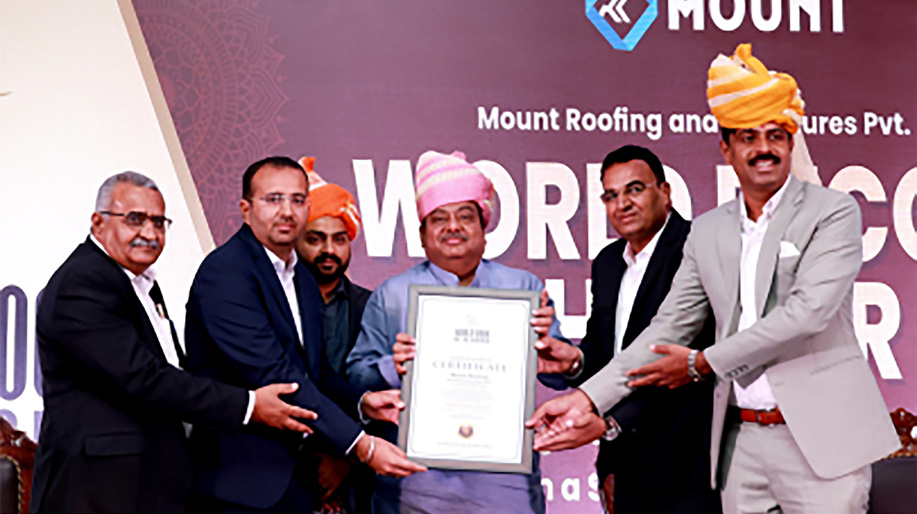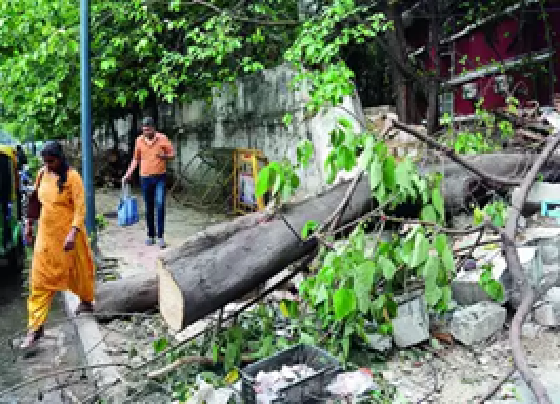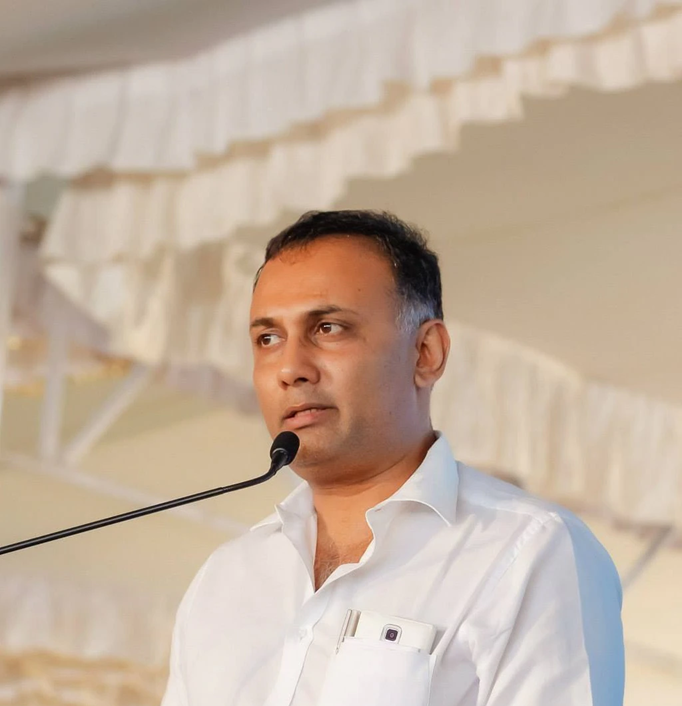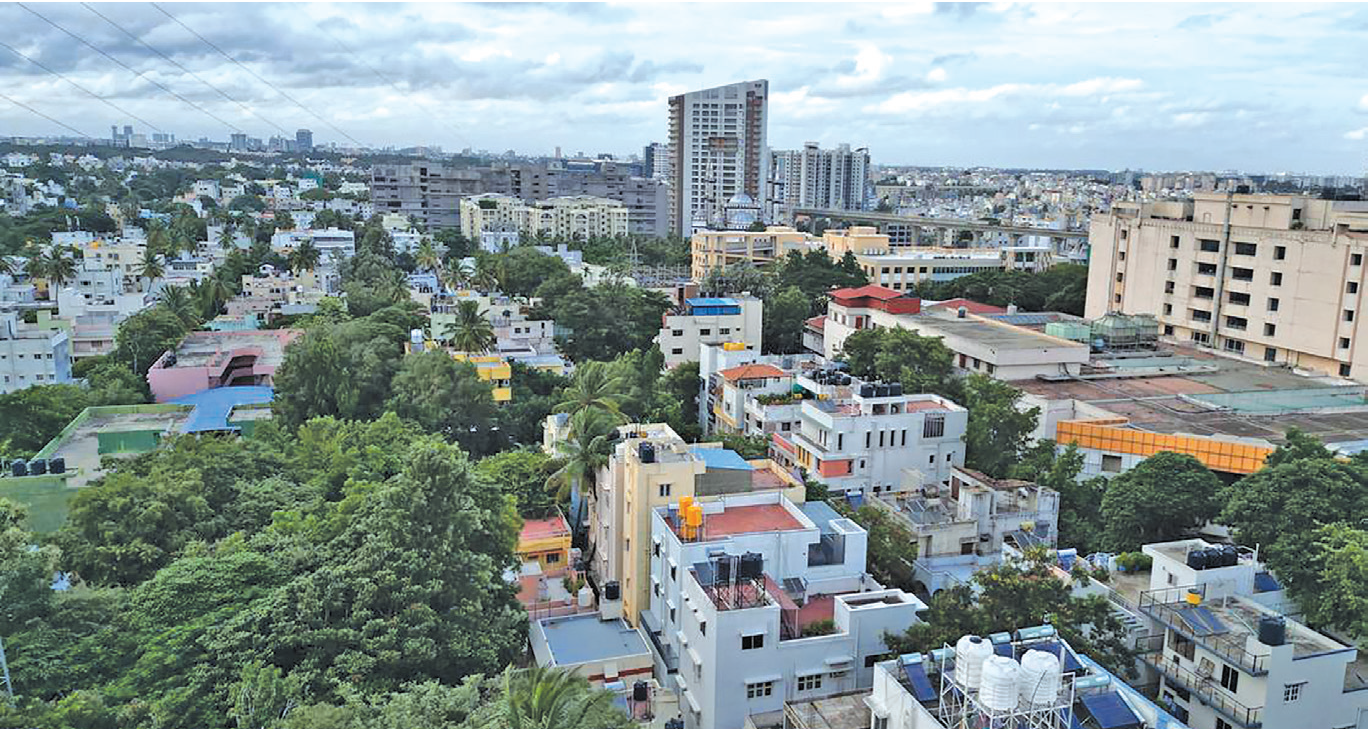
The rise of substance abuse among B’luru youth a big concern
Reports reveal 10% of Indian children aged 10-17 struggle with addiction: Alcohol, tobacco, cannabis and opioids commonly used
Recent reports indicate a concerning rise in substance use among teenagers and schoolchildren in India, necessitating urgent attention. According to India’s Substance Abuse Statistics, around 15.8 million children aged 10 to 17 are reported to be addicted to substances. Alcohol is the most commonly abused substance among Indian youth, with 43.9 per cent of users in this age group facing addiction. Cannabis use affects 11.6 per cent of young users, while 11.1 per cent rely on heroin. A nationwide survey shows approximately 31 million people use cannabis, with 2.5 million suffering from dependence. Additionally, 22.6 million people use opioids, with about 7.7 million requiring help for opioid-related issues. Among every 100 children aged 10-17, statistics reveal that 10 are addicted to substances, with 6 reported to use alcohol, 3 using tobacco in various forms, 2 involved with cannabis and 1 dependent on opioids. Rajesh LY, Deputy Superintendent of Police (DSP), Bengaluru and recipient of the Jeeva Rakshaka Medal by the Government of Karnataka, has been actively engaged in addressing substance abuse among students.
“Our department is conducting awareness programs in schools and colleges to tackle this critical issue,” he stated. He emphasised the importance of vigilance, noting, “We are also checking medical stores in Bengaluru to ensure that prescriptions are followed,” along with conducting inspections of shops near schools and monitoring pubs, bars and restaurants in the city for compliance with the law. Bengaluru faces a concerning trend regarding substance abuse among street children. A study conducted by the National Institute of Mental Health and Neurosciences (Nimhans) estimates that approximately 80,000 street children in Bengaluru are involved in substance abuse, with children as young as 10 or 11 starting with inhalants and tobacco. The demographic trends indicate that 40 per cent-70 per cent of street children engage in substance use. Although the National Crime Records Bureau (NCRB) data does not provide specific age breakdowns, it is evident that young people are significantly involved in drug-related crimes.
The variety of drugs implicated includes traditional substances like cannabis and newer synthetic opioids, exacerbating the challenge faced by authorities. During his outreach efforts in the city, Rajesh LY has encountered alarming trends in substance use among students from diverse backgrounds. “It is concerning to see that substance use is prevalent among affluent students as well as those from slum areas in Bengaluru,” he observed. He explained that many students grow up in environments where substance use is normalised, leading to school dropouts and perpetuating a cycle of addiction. Rajesh LY noted, “There’s a common myth that using these substances makes one appear ‘cool’ and fit in with peers.” He warned that this mindset can lead to addiction, as young people feel immense pressure to conform.
“While some may view this behaviour as successful in the short term, it’s essential to understand the long-term consequences,” he stated firmly. In a recent ground report, News Trail focused on substance use among students in well-known private high schools and colleges in Bengaluru, many participants, including students and parents, chose to remain anonymous, revealing a concerning trend that has become increasingly common in these institutions. During interviews, several students openly shared their experiences and observations. Smoking and drinking are normalised among many of their peers. Parents, on the other hand, expressed their shock upon learning about the prevalence of drug use in schools. Many parents admitted to being unaware of the extent of these behaviours, attributing their lack of knowledge to the protective bubble they believed surrounded their children’s education. Dr. Pratima Murthy, Professor and Head of Psychiatry at Nimhans, Bengaluru views addiction as a brain disorder similar to other medical conditions. “Addiction is a brain disorder, much like other medical conditions. Comprehensive treatment must address substance use and underlying mental health issues,” she states. This perspective emphasises the need for multidimensional treatment strategies, especially as addiction patterns evolve. Access to quality addiction care in India faces challenges, including a lack of awareness and stigma that often prevent individuals from seeking help.
“The stigma surrounding substance use can prevent people from seeking the help they need,” Dr. Murthy explains. Genetic factors also play a role in addiction susceptibility, highlighting the importance of preventive education and community support. Families are vital in supporting individuals through addiction treatment. “Recognising addiction as a disorder, rather than a moral failing, creates a supportive environment,” Dr. Murthy asserts. By providing accurate information and reducing stress, families can facilitate open communication and aid recovery
 English daily published in Bengaluru & Doha
English daily published in Bengaluru & Doha






